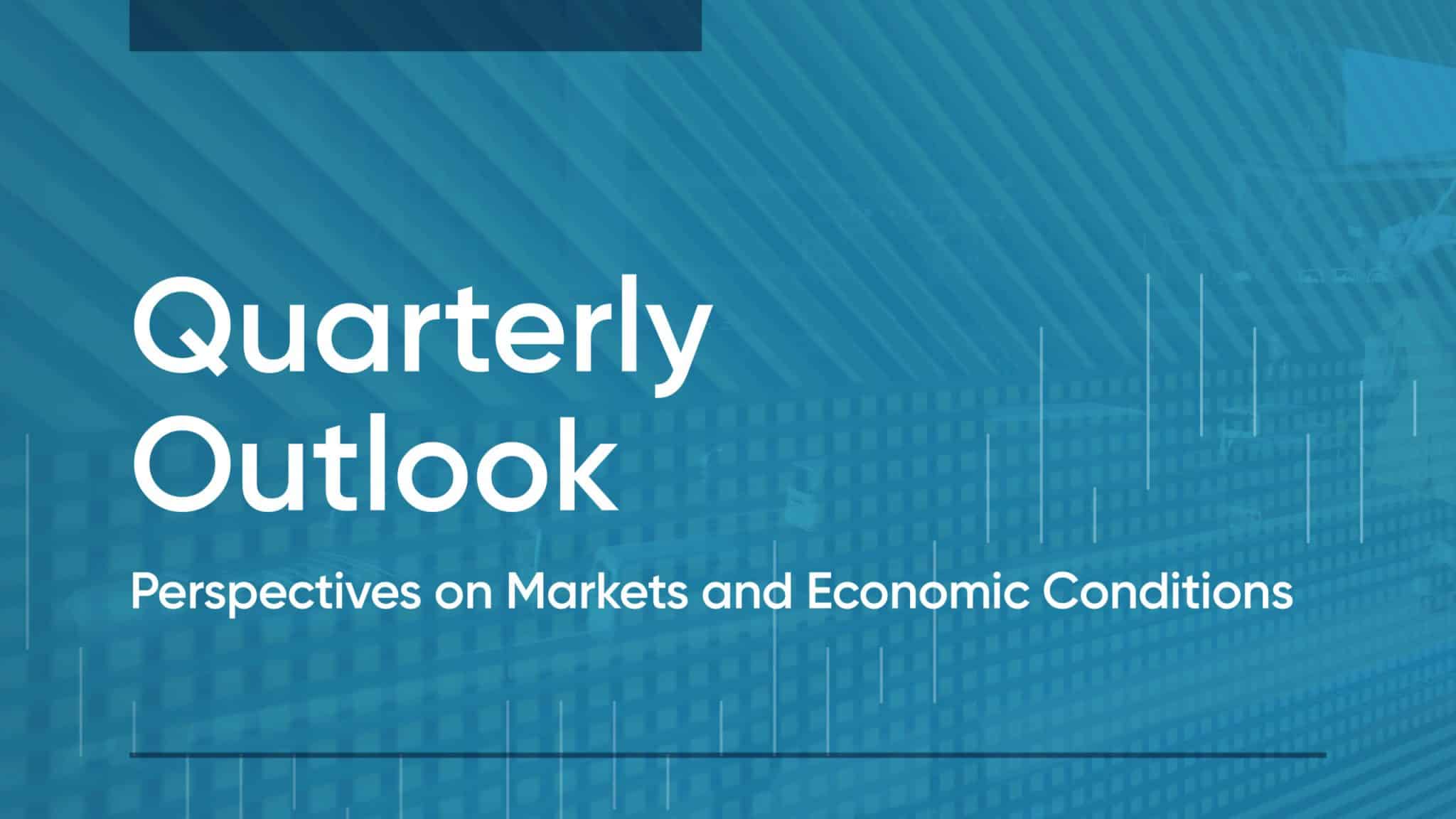Summary:
There have been recent concerns about the depreciation of the U.S. dollar relative to foreign currencies. In this episode of Buckingham Weekly Perspectives, Head of Investment Research Jared Kizer shares the drivers for this fear, short-term implications and the potential economic and investment impacts on the marketplace.
Transcript:
Jared Kizer: Today I wanted to tackle an area that we’ve gotten a lot of questions on recently which is the depreciation of the U.S. dollar, or potentially foreign investors moving away from the U.S. dollar and toward other foreign currencies, and what impact that might have, either from an economic point of view or an investment strategy point of view.
What Are the Drivers for this Concern Around the Depreciation of the U.S. Dollar?
Jared Kizer: I’m going to talk about both those areas today. So, first thing I want to note, hard to say exactly what are all the drivers for these questions, a few things come to mind. If I had to guess though, one would be we’ve certainly seen very explosive growth in U.S. federal debt levels, driven by COVID-related reliefs, deficits related to income coming in for the Federal Government. No doubt, longer term concern for the dollar is the growth in the U.S. debt. It could be the fact that as we all know, we’ve seen high inflation rates of the last two or three years that could be driving concerns about the U.S. dollar. And then the other thing that specifically related to this year, we have seen the U.S. dollar depreciate relative to other foreign currencies say like the Euro this year, so probably a confluence of different factors that are driving questions. But I wanted to jump on and give our perspective on the economic side and then on the investment strategy side.
The Impact of a Depreciating U.S. Dollar on the Economic Side
Jared Kizer: On the economic side, the key message would be while we have seen maybe an ever so slight reduction in foreign use of the U.S. dollar, say over the last 20 years, without a doubt the U.S. dollar still remains the dominant currency related to foreign trade. And then central bank reserve holdings – and that last term simply means if you look at other central banks so say the foreign versions of the Fed that we have here in the U.S. – assets that they hold they have to decide “Well, what assets are we going to hold as part of our reserves?”. U.S. Treasury holdings are very common and remain a dominant fraction of central bank reserve holdings. So, whether you look at trade or whether you look at those central banking reserve statistics, you see very dominant use of the U.S. dollar and really hard to say, what would the competitor be at this point. I guess if you had to pick one, it might be the Euro, but the Euro is just nowhere close to the dollar at this point in terms of foreign use both again in trade and central banking purposes. So that’s the overall message. We’ll get to some long-term concerns here in a second.
Jared Kizer: No doubt the U.S. dollar remains very dominant essentially regardless of what statistic that you look at. Let’s talk about some of those near-to-intermediate-term concerns. What are some things that are sitting out there that could drive particularly foreigners to move away from the U.S. dollar in some meaningful way? I think the big one is the growth in the U.S. debt. It’s projected to continue growing at very high rates due to deficits and lots of other factors there. So that would be the number one concern – can the U.S. federal government get its deficit spending under control? Can we tamp down potential growth in the U.S. debt? A lot there that could certainly drive intermediate term concerns, but you’re not really seeing that have an impact here recently. The other thing that comes to mind, which is one of the things that I’ve seen a lot in the recent story lines, which is no doubt there are some bigger emerging market economies like China, India, Russia, although Russia’s economy is not nearly as large as those two particularly at this point, but there are certainly a lot of countries that would like to move away from reliance on the U.S. dollar. I think that will always be a thing. It’ll be interesting to see if any of those countries are actually able to do that. But there is certainly some intermediate-term pressure and near-term pressure I think on that front in terms of certainly you’ve got those countries that would like to be able to move in a different direction and not be as reliant on the U.S. dollar.
The Impact of a Depreciating Dollar on the Investment Strategy Side
Jared Kizer: Let’s move to the investment strategy side of things. What might the impact of these things be? I think that we see a lot of concern sometimes is fear of potential depreciation in the U.S. dollar. There’s not a clear relationship that says if that were to happen that it’s going to have some dramatically negative impact on lots of portions of the investable marketplace. It’s just not a clear relationship there. We don’t have a lot of historical instances to look at, but the one that we do have to look at which is the last time you had massive movement away from the predominant currency, was the investors moving from the pound to the dollar well over essentially a hundred years ago at this point. But you didn’t see that dramatically disrupt financial markets in and of itself. You didn’t see that UK equity returns were particularly poor. It’s not clear, say for the U.S. equity market, how a gradual or even faster movement away from the U.S. dollar would impact financial markets. If you do have concerns though, we do think generally it is good to diversify some of your foreign currency exposure, nevertheless. So, you can own international equities, which we think are an important part of a globally diversified portfolio. A lot of those funds that we would use – pretty much all the ones that we would typically use – do not hedge their currency exposure back to the dollar. So, it’s a way to kind of diversify an investor’s exposure to the U.S. dollar.
Jared Kizer: And then I think the legitimate investment strategy concern would be “Well, what if we had inflation rates back up again?”. You know we certainly tend to see the U.S. dollar appreciate; we’ve talked a lot about that in the past. Inflation protection is an important part of a portfolio, but you can use strategies like Treasury Inflation-Protected Securities to try to mitigate those risks. So, a couple things to think about on the investment strategy side, but the main takeaway is it’s not clear how any of this exactly would impact financial markets particularly in a negative way. So hopefully you have some helpful perspective on the U.S. dollar. If you have additional questions you’d like for us to tackle, feel free to reach out to your advisor and suggest those or click the link below and submit questions that way. Thanks.

Jared Kizer, CFA
Jared Kizer evaluates findings from academic research and applies that learning to develop investment strategy recommendations. Jared collaborates daily with advisors and clients, helping investors better understand the complicated concepts that can have a tangible effect on their financial lives. Jared holds a master’s degree in finance from Washington University in St. Louis.







